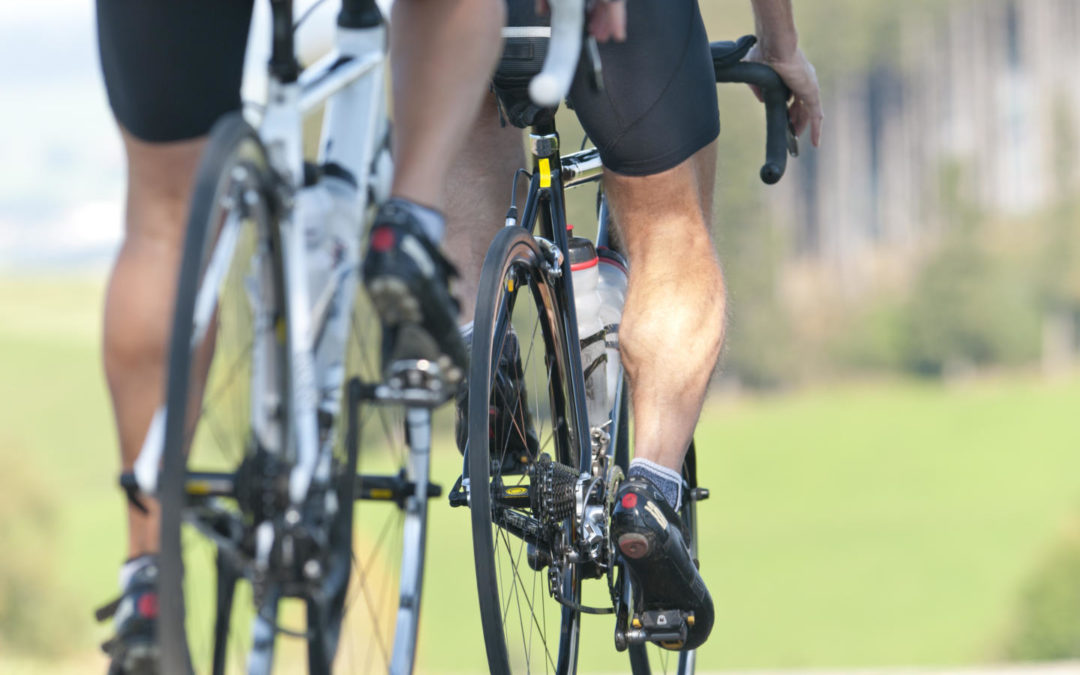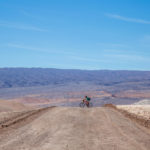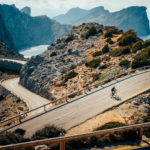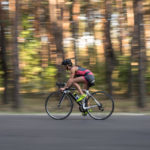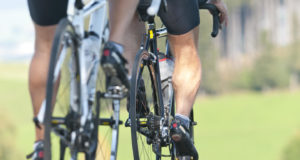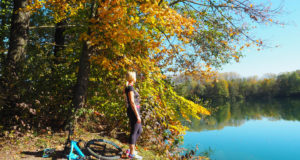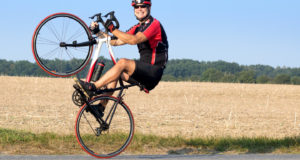Have you ever thought about using clipless pedals? Or do you feel like the use of clipless pedals should be limited to professionals after having seen a cyclist with clipless pedals fall from their bike at the last traffic light? Don’t worry – the correct use of clipless pedals isn’t complicated and you too will soon be able to clip in! We have compiled loads of tips for the purchase and use of clipless pedals as well as their advantages and disadvantages below.
Why clipless pedals?
There are lots of different so-called cleats (the plate between your shoe and the pedal) for all kinds of bikes. Their biggest advantage is that they convey more of your power onto the pedal. This prevents your loose shoe from slipping away and energy getting lost in the process. Thanks to the continuous transmission of power during the pressure phase and the pulling phase it is possible to do smooth strokes. However, especially beginners are faced with the problem of unclipping their feet in time when braking sharply. All pedals have their own mechanism for unclipping, nevertheless, unclipping becomes routine after a little practice.
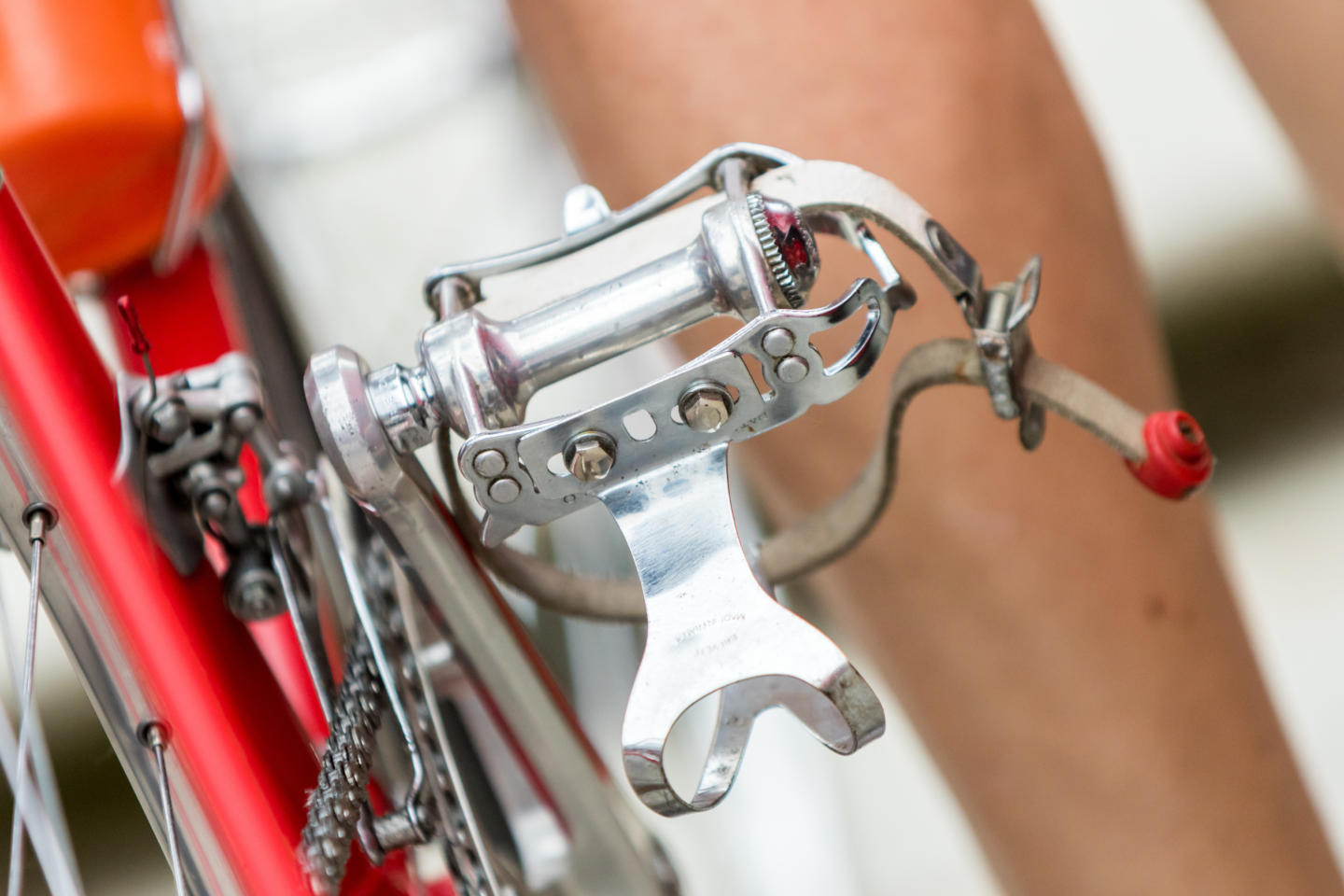
Which models of clipless pedals are there?
In principle, all clipless pedals work the same way. You clip in using the cleat on your shoe to be securely connected to the crank. Different manufacturers offer pedals of varying sizes and have developed diverse clip mechanisms. Shoe and pedal must fit together. There are also special pedals that make walking while wearing the shoes possible for mountain bikers. Road bikers’ cleats aren’t engulfed by nubs on the sole, making walking significantly more uncomfortable. Depending on the cyclist’s level of skill, pedals are lighter and more high-grade.
Tip: If you want to use clipless pedals in your daily life, buy pedal systems that make it possible to walk in. This way, you can even do your shopping and other daily to-dos by bike (incl. clipless pedals).
The orthopedic perspective on clipless pedals
There have been reports of cyclists suffering of knee problems after using certain pedal systems. It has however not been proven whether clipless pedals actually cause problems, but it is true that the feet should have some wiggle room. If the feet are stuck to the pedals too ridgidly, there may be some negative implications for the joints as the body automatically reverts to evasive movements once the leg muscles tire. Furthermore, most peoples’ toes point slightly outwards when standing which should be considered when adjusting the cleats. However, problems can also be caused by not sitting correctly.
Tipp: Adjust your cleats correctly.
- Mark the position of the bunion on the shoe with a pen
- The bunion bone should be above the pedal axle
- The smaller the gap between your legs, the more ergonomic you get (Q-factor). You can adjust the Q-factor by moving the cleats inwards on your shoe
- Increased mobility of the pedals equals more wiggle room
Some helpful exercises

To make sure you’re safe while using cleats even in traffic, a short adjustment period is recommended for beginners. Start by practising clipping in and out on an empty parking lot. Red traffic lights can get dangerous if you can’t unclip in time. Always unclip your standing leg a little early to ensure you’ll be able to stop quickly and safely.
Using cleats is ideal for learning how to do an effective smooth stroke on a bike to convey the maximum amount of your power on the bike during any phase of the stroke. You can get used to cycling with clipless pedals by doing the following 3 exercises:
🚲 Exercise 1: One-legged pedalling -> unclip one foot and just use your other leg to pedal for 30-45 seconds. This teaches you to put force on the pedal not only during the pressure phase but also during the pulling phase.
🚲 Exercise 2: High frequency -> pedal with both legs as fast as you can while using a low gear. You should reach more than 100 rotations per minute.
🚲 Exercise 3: Cycling uphill -> lift yourself out of the saddle when tackling an ascent and use the fixation to the pedals to transfer your power onto the pedal in every position optimally. Use pressure phase and pulling phase to generate speed.
Do you use clipless pedals? 👟
Let us know in the comments! 🚴🏻
- The Top 5 Cycling Destinations in 2020 - January 14, 2020
- Your First Long Bike Ride – 200km and More - January 11, 2020
- 4.5M – The World’s Largest Cycling Route Collection - November 21, 2019
Author Profile
- Hannah ist begeisterte City-Bikerin und Geographiestudentin. Sie genießt es, bei der Recherche von neuen Radregionen und Themen für den Blog immer wieder etwas Neues zu lernen.

